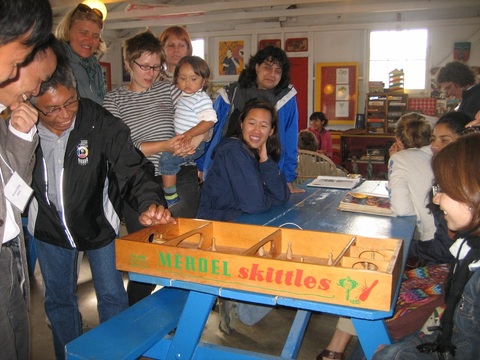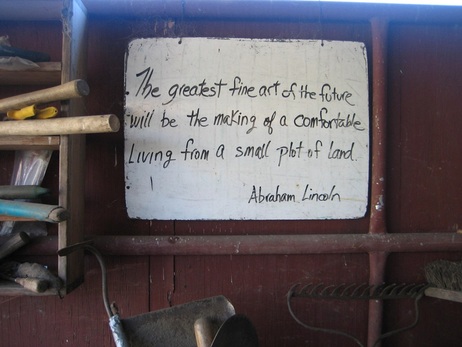
When you write a blog, you can't help but geek out on the traffic stats. It's fun to see which posts get the most hits. And one post continues to be the most popular, "Where Do Strawberries Come From." Every month since it was published on July 12th, it continues to top the leader board. I was taking an agroecology course at UC Santa Cruz at the time and we visited a farm where the young owner shared this fun fact...
"Strawberries are a hot crop where plastic tarps cover their raised beds to generate heat and cut down on weeds. It acts as a mulch. Back in the day, they didn't have plastic mulch so they used "straw" around the base of the plant to trap heat and reduce weeds. Get it? Straw-berries!"
I apologize to all the people doing a Google search for "Where Do Strawberries Come From" and finding my measly post in the Top 10. It hardly gives the whole story. Now, if you want the real skinny on strawberries, check out the site Strawberries for Strawberry Lovers. It appears strawberries originated along the coastlines of North and South America as well as the Hawaiian Islands. Their notoriety hit the big time when a Chilean variety reached France in 1714. Some of strawberry's foremost authorities debunk the sweet story that was told to me about its moniker. The more widely accepted story for how the scrumptious fruit got its name is because it resembles straw when it is strewn about on the ground. Booooring! I'm going to stick with my story. Way better!
Interestingly enough...I have a couple more posts about strawberries. And each was written during my course in Santa Cruz. There are lots of strawberries grown in those parts. One post profiles Jim Cochran of Swanton Berry Farm. Jim pioneered the techniques to grow strawberries organically. He was ostracized in the 80's being told it was not possible and the only way to grow strawberries commercially was to follow conventional practices which rely on toxic fumigants to eradicate soil pathogens. Chemical fumigants like methyl iodide are still widely used today poisoning field workers and most likely those who consume the tainted strawberries. My second post about strawberries depicts a startling, photo commentary of our current agricultural system. Check out the link! And if you think it is just strawberries that we need to worry about being dosed with skulls-n-crossbones, think again!








 RSS Feed
RSS Feed
